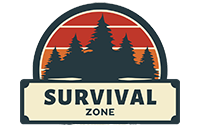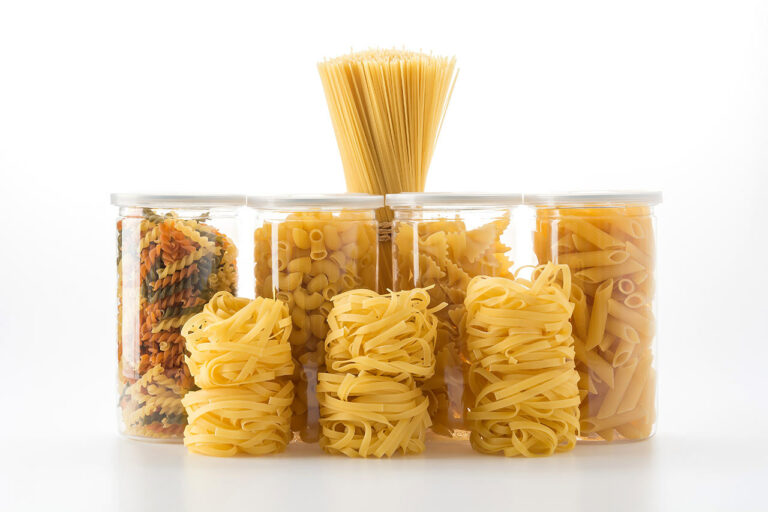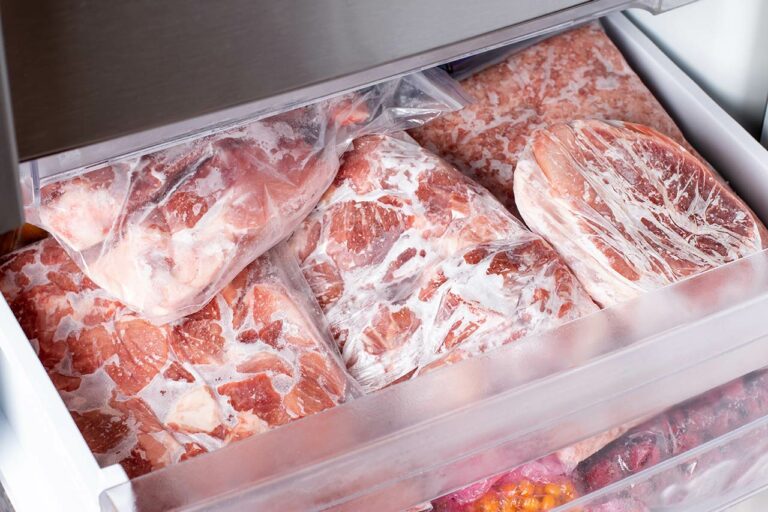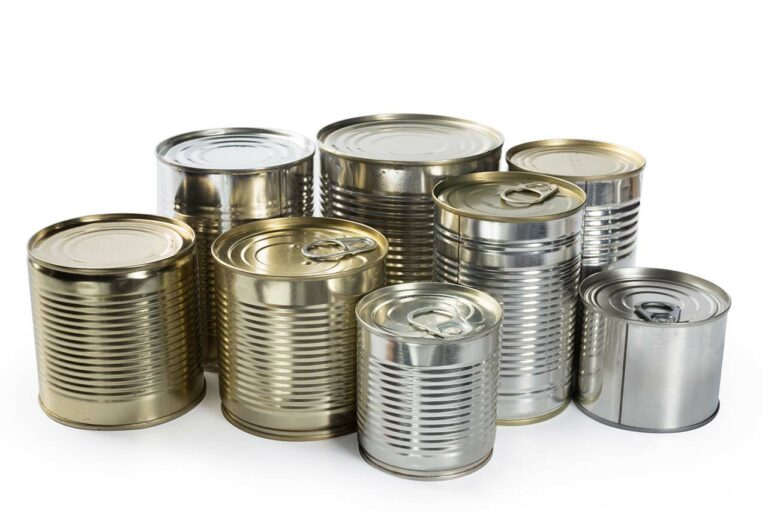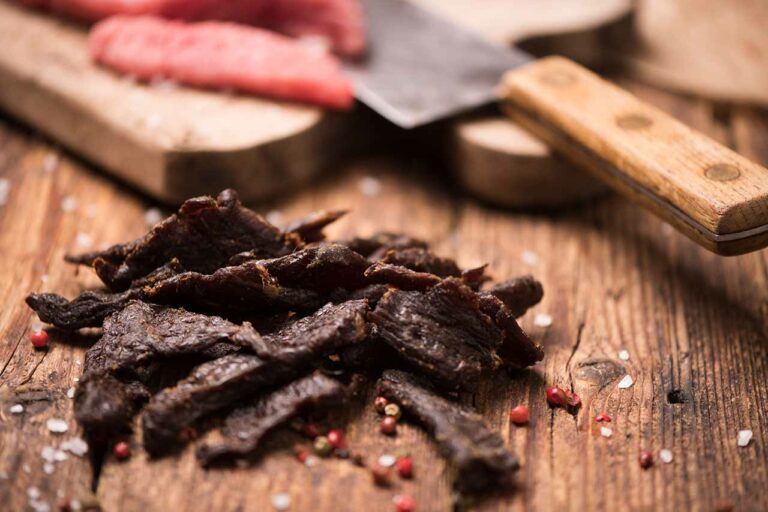Is Moss Edible? (What To Know)
Moss, a unique and diverse group of plants, has been utilized for various purposes throughout human history. From insulation and wound care to navigation and water filtration, moss has served us incredibly well as a species. But what about sustenance? Is moss edible? The answer is yes, but with some very important caveats.
Is Moss Edible?
Yes, some types of mosses and lichens are edible. Here are a few examples of edible mosses:
- Irish Sea Moss
- Gold Moss
- Horsehair Lichen
- Haircap Moss
But before consuming any moss, it’s crucial to perform an edibility test, especially if you’re new to foraging for moss. To perform an edibility test on moss, start by rubbing a small amount of the moss on your skin and waiting for several hours — yes, several hours — to watch for any allergic reactions or irritations. If that’s all clear, you can cautiously taste a small sample of the moss, waiting overnight to see if you experience any adverse gastrointestinal effects.
Only after testing and tasting the moss, and waiting long enough to see if there are any adverse effects, can you truly eat the moss safely.
Types of Edible Moss
When you’re in a survival situation, it’s important to know which types of moss are safe to eat. Along with those listed above, there are several other species of edible mosses and lichens that you can forage for sustenance.
Edible Moss Species
Irish Sea Moss (Chondrus crispus) is a type of red algae that thrives in the cool Atlantic waters. It has gained significant attention for its gelatinous texture when soaked and boiled, making it a popular additive in foods like puddings, smoothies, and even some baked goods. Rich in minerals and trace elements, Sea Moss has been touted for various health benefits, though scientific backing is scarce.
Gold Moss (Sedum acre), also known as Biting Stonecrop, is a succulent plant native to Europe that has been introduced to various parts of the world. Historically, some have consumed it in small quantities as a peppery addition to salads, but Gold Moss contains toxic compounds that can irritate the digestive tract if consumed in large amounts.
Horsehair Lichen (Bryoria spp.) is a pendulous lichen often found hanging from coniferous trees in various parts of the world. While it is edible for humans, it should be boiled to reduce bitterness. Some species contain toxic compounds, so proper identification and preparation are crucial.
Haircap Moss (Polytrichum commune) is a true moss that can be eaten in a survival situation. You can consume it raw or boiled, although boiling is recommended to soften its texture. Be wary of similar-looking toxic species.
Iceland Moss (Cetraria islandica) is another lichen known for its edible qualities. It has a slightly sweet taste and has been used in traditional Icelandic cuisine. You can boil Iceland moss and add it to soups or stews, or even grind it into a flour substitute.
Spanish Moss (Tillandsia usneoides) is not a true moss, but an air plant that hangs from tree branches in subtropical regions. Though not as nutritionally dense as some other edible mosses, Spanish moss can be boiled and used as a supplemental food source when options are limited.
Silky Forklet Moss (Dicranella heteromalla) is a potentially edible moss that can provide sustenance in a survival situation. There is little information on its effect in humans. If consumed, it should be boiled to avoid any potential digestive issues.
Remember, correctly identifying edible mosses and lichens is crucial for your safety. Consult reliable guides with detailed information on a moss’s habitat, characteristics, and visual reference before consuming any moss species. And, when in doubt, always use the edibility test.
Nutritional Value and Health Benefits of Moss
While moss isn’t the most flavorsome or nutrient-packed food source, it can still provide you with some essential nutrients in a survival situation.
In general, moss isn’t high in calories, with an energy value ranging from 4.5 to 5.0 kcal/g. But what it lacks in calories, it makes up for with its mineral and vitamin content. Moss can provide you with vital nutrients such as:
- Protein: 4g (4%)
- Sugars: 1-5g (1-5%)
- Fat: 1g (1%)
Just keep in mind, these figures may vary depending on the moss species.
Irish sea moss (Chondrus crispus), for instance, though not a true moss, is often cited for its potential health benefits. It truly stands out in the moss field.
Irish Sea Moss Nutritional Value
A typical 100g serving of Irish sea moss can contain:
- Calories: 49 kcal
- Protein: 1.5g
- Carbohydrates: 12.3g
- Sugars: 0.7g
- Fat: 0.2g
Minerals & Vitamins
- Iodine: This is one of the highest mineral contents in sea moss and beneficial for thyroid function.
- Potassium: Important for heart health.
- Calcium: Essential for bone health.
- Magnesium: Beneficial for muscle function and nervous system.
- Iron: Vital for oxygen transportation in the blood.
- Vitamin B2 (Riboflavin): Crucial for energy production and cellular function.
- Vitamin B9 (Folate): Essential for DNA synthesis and repair and cell division.
- Vitamin C (Ascorbic Acid): Important for the growth, development, and repair of all body tissues.
- Vitamin E: Acts primarily as an antioxidant, protecting cells from damage caused by free radicals.
Many other edible mosses contain the same essential minerals and vitamins as Irish Sea Moss, including:
- Magnesium
- Iron
- Iodine
- Zinc
- Vitamin B
- Vitamin A
- Vitamin K
- Vitamin E
The presence of these minerals and vitamins makes moss a potentially valuable survival food. While it won’t be your go-to meal, it can help sustain you and provide some essential nutrients until you find a more substantial, satisfying food source.
Consumption and Preparation of Moss
Once you’ve identified an edible moss variety, the next step is preparing the moss for consumption.
First, clean it thoroughly. Rinse the moss with clean water to remove any dirt or debris. You can also soak the moss in water for a few hours to help rehydrate it.
After cleaning the moss, you can prepare it for eating. One popular method of preparing moss to eat is boiling it. Boil the moss in water for about 15-20 minutes to soften it, and then drain the water. Boiling also helps remove any water-soluble impurities or toxins present in the moss.
You can also dry the moss and grind it into a powder. The powdered moss can then be added to soups, stews, or other dishes as a thickening agent and a minor source of nutrients.
Role of Moss in Survival Situations
While it may not be the most appetizing option, some species of moss do provide enough nutrients to sustain you in the most extreme of survival situations, where there may be few other food sources available.
But, in addition to food, moss can also help you obtain water. In certain environments, moss acts as a natural sponge, absorbing moisture from the air and soil. By squeezing the moss, you can extract the water it’s holding, providing a valuable source of hydration in your survival situation. You will also get hydrated by eating it.
Moss also plays a role in shelter building. When constructing a makeshift shelter, you can fill in the gaps with moss, which will serve as insulation against the elements. This can help you conserve your body heat by reducing drafts and preventing heat loss.
Aside from its uses in food and shelter, moss can be a great tinder for starting fires, particularly when you find dried-out moss. Thanks to its flammability, it helps in sparking your fire swiftly. This is especially useful when other sources of tinder are scarce in the wilderness.
Potential Risks of Consuming Moss
While it’s true that some types of moss can be eaten, consuming moss can pose some serious potential risks. For one, moss can contain toxins that are harmful to humans. Though there are edible species, it’s essential to know exactly what kind of moss you’re dealing with to avoid accidentally ingesting something toxic.
Another issue with eating moss is that it can be a breeding ground for bacteria. Moss typically grows in damp, moist conditions, which are perfect for bacterial growth. If you’re not careful, munching on moss can introduce these potentially harmful microorganisms into your gut.
Moss also often grows on the ground or in close proximity to dirt. As you might expect, this means that it can accumulate dirt and other impurities, such as animal feces. Consuming such contaminated moss could lead to illness, so it’s important to clean it thoroughly before you eat it.
So, should you eat moss?
While there are edible mosses, the potential risks of consuming moss make it hard to recommend. Toxicity, bacteria, and contamination with dirt are all concerns when it comes to ingesting this plant. While it can serve you well in a serious survival situation, most of the time consuming moss isn’t worth it.
